
Archives
Contribute
| Science And History Of Creating Lingas |
Press Release
11/30/2017
Science and History of Creating Lingas What is the science behind Dhyanalinga, and what makes it different from other lingas found around the world? Sadhguru discusses the history and science of linga-making. Q: Sadhguru, in India there are lingas everywhere. In what way is the Dhyanalinga different from other lingas? Are there other lingas in the world or is it a science limited to Indian culture? You also say it is not a religious symbol. How so? What is the science behind the making of the Dhyanalinga? Sadhguru: The science of linga-making is a huge experiential possibility, and has been there for thousands of years. But in the last eight or nine hundred years, especially when the bhakti movement swept the country, the science of building a temple got washed away. For a devotee, nothing is important except his emotion. His path is emotion. It is only from the strength of his emotion that he does everything. So they just kept the science aside and started building temples whichever way they liked. It is a love affair, you know? A bhakta can do whatever he wants. Anything is fair with him because the only thing he has is the strength of his emotion. Because of this, the science of making lingas receded. Otherwise, it was a very deep science. This is a very subjective science, and it was never written down because if you write it down, it will be completely misunderstood. In recent history, many lingas have been created without any knowledge of the science. The science of linga-making is a huge experiential possibility, and has been there for thousands of years. Temples created by bhaktas are places for people to create emotion. Very few people are true bhaktas. Most just use devotion as a currency to get what they want. Ninety-eight percent of the world’s prayers are about “Give me this, give me that, and protect me.†This is just survival. There is no transcendence in this. There is nothing prayerful about it. This is just seeking survival, shifting your currency from one to the other. Generally, the only lingas that have a scientific basis to them are those created by siddhas and yogis looking at liberation as a scientific process. They are eternal vibrations. Usually, they were consecrated with the use of mantras, for specific purposes and specific qualities. If you are not aware of this, in southern India, there are five lingas for the five elements in nature. These five lingas are created for sadhana, not for worship. The most fundamental sadhana in yoga is bhuta shuddhi. The pancha bhutas are the five elements in nature. If you look at yourself, your physical body is made up of five elements. These are earth, fire, wind, water, and space. They come together in a certain way to become the body. The spiritual process is about going beyond the physical, beyond the five elements. These elements have a huge grip on everything that you experience. To transcend them, the fundamental practice of yoga involves what is called bhuta shuddhi. For every element that is involved, there is a certain practice you can do to become free from it. To practice bhuta shuddhi, they created five different lingas: one for earth, one for fire, one for wind, one for water, and one for space. Huge, magnificent temples were built where you can go and do sadhana. If you want to do sadhana for the element of water, you go to Thiruvanaikaval. For space, you go to Chidambaram. To do different sadhana, different types of temples were built. This is how a temple is supposed to be, a place where energy is created in a particular way for the specific purpose of sadhana. They created these temples as places for sadhana, not for worship. Indian temples have never been places of prayer; no one ever leads prayers there. It is only nowadays that people give five rupees and appeal to God to do this or that. But in the tradition, you were told that if you go to the temple, you must sit there for a while, because these temples are energy centers. It is like a public charging place. Every day in the morning, before you go out into the world, you have a bath, go sit in the temple and imbibe this, energize yourself. Then you go out into the world with the right kind of vibe. Lingas around the World The incredible thing is that there are lingas all around the world. In Africa there are terracotta lingas used for occult purposes. In Greece there is a temple with a linga known as the “Navel of the Earth.†This is purely manipuraka. It was definitely done by Indian yogis. Someone consecrated the linga for manipuraka, probably because the local king or chieftain wanted victory, prosperity and well-being. So they created an instrument towards that purpose. As most temples were funded by kings, they were mostly manipuraka in nature, but a few kings who looked beyond those things wanted anahata lingas – also called atma lingas. Usually, these atma lingas are for love and devotion, for ultimate dissolution. Anahata is a very malleable kind of state, accessible to most people. There are occult lingas which are muladhara lingas, very base, gross and powerful, used for occult purposes. Those types of lingas you can find in certain parts of Assam and Karnataka also. There are secret temples, usually very small and powerful in their occult capabilities, but generally most lingas are manipuraka. YouTube Video - Delphi, Greece, A Temple Built by Yogis The Energy Body of the Highest Being Right now, most of the lingas in the country represent one or two chakras at the most. Generally only one, because the linga is made powerful and intense with one chakra for a particular purpose and is consecrated by mantras. The Dhyanalinga, which is empowered with all the seven chakras, was consecrated by prana pratishtha. Holding all the seven chakras together was the greatest challenge. If I had wanted to create seven separate lingas for seven chakras, that would have been so much easier, but the impact would not have been the same. The Dhyanalinga is like having the energy body of the most evolved being sitting there, or you could say, the highest being, referred to as Shiva, his energy body. The Dhyanalinga, which is empowered with all the seven chakras, was consecrated by prana pratishtha Another thing is, probably for the first time anywhere in the world, the Dhyanalinga is cared for by both men and women. Nobody has allowed women to do this kind of work before, but today, fourteen days in a lunar month – towards the full moon – women take care of the Dhyanalinga. The next fourteen days – towards the new moon – men take care of it. I think that is a big gift for the society to be able to go beyond these traditions. If one wants to do spiritual sadhana, he can have the intimacy of sitting with a Guru, a live Master. That is the purpose with which the Dhyanalinga has been created. So people come, sit for a moment and go, that is fine, but those who want to do sadhana can have that kind of intimacy with that energy which is not normally available for people. It is very rare for people to have such an opportunity. Hatha Yogasanas Workshop Dec-9th/10th Hatha Yoga is offered as a set of 36 powerful postures, or yogasanas, to enable the system to sustain higher dimensions of energy. This profound science enhances how one thinks, feels, and experiences life. Isha’s program requires no special physical agility or previous experience of yoga. It is not merely physical exercise, but enables a person to flower into his ultimate potential; to naturally achieve a state of health, joy, and bliss. Breed Memorial Hall, 51 Winthrop St., Medford, MA 02155 December 9th Saturday 9.00AM - 12.30PM & 5PM - 8.30PM December 10th Sunday 9.00AM - 12.30PM & 5PM - 8.30PM All the sessions are mandatory Program Cost: USD $250 | Age limit: 14 years and above The practice of Yogasanas provides countless benefits including: · Relief of chronic health conditions · Evolution of body and mind towards a higher possibility · Stabilization of the body, mind and energy system · Deceleration of the aging process Yogasanas – Postures to Elevate Your Consciousness Note: This program requires empty stomach condition which means, · 4 hours gap after full meal · 2&1/2 hours gap after light snack like fruits, crackers etc., · 1&1/2 hours gap after coffee, tea etc., · 45 min gap after a cigarette. · 10 hours gap after alcohol For registration, please contact: Jyotsna Hanumara / jyotsna.yogasthanam@gmail.com Note: This is a private program led by an Isha Trained teacher. This program is not organized by Isha Foundation. 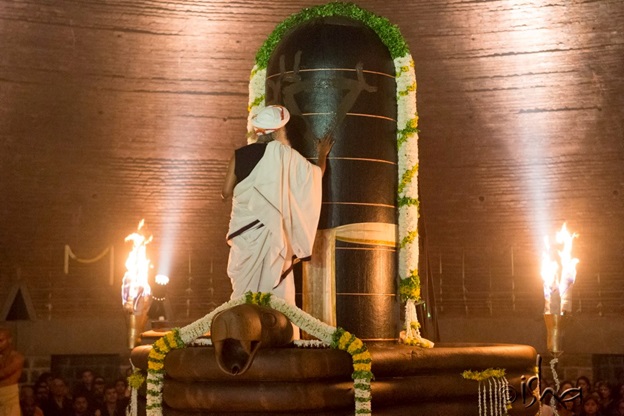
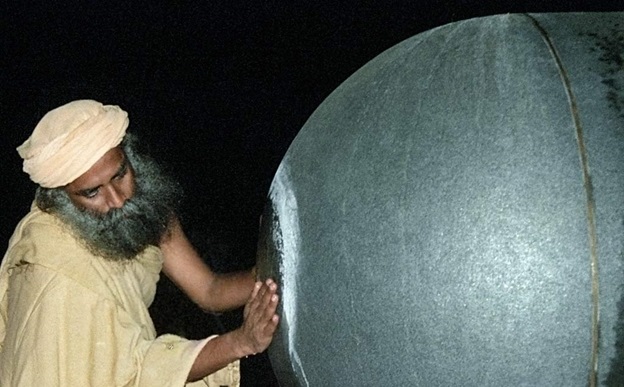
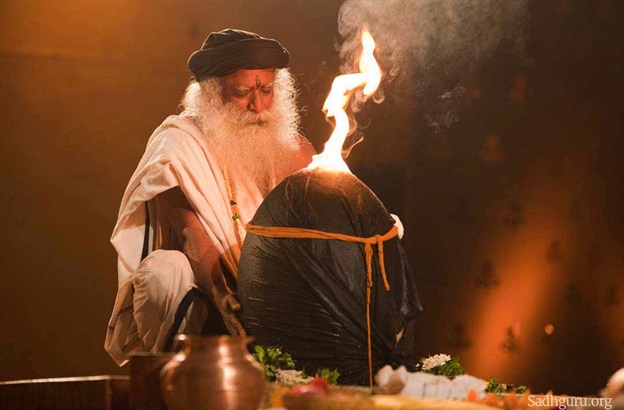
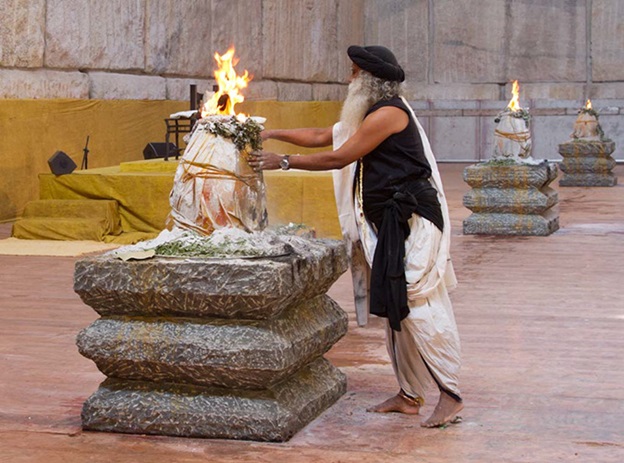
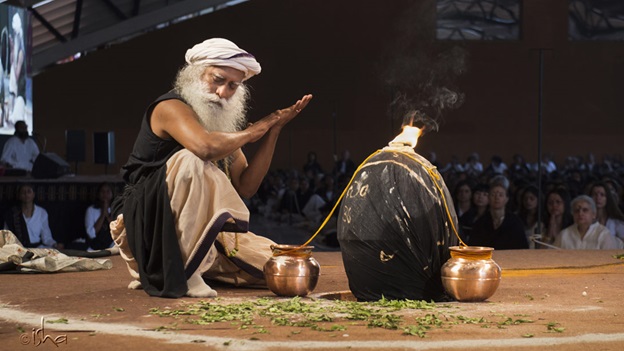
7 Qualities of the Dhyanalinga | Dhyanalinga – A Live Guru
You may also access this article through our web-site http://www.lokvani.com/







